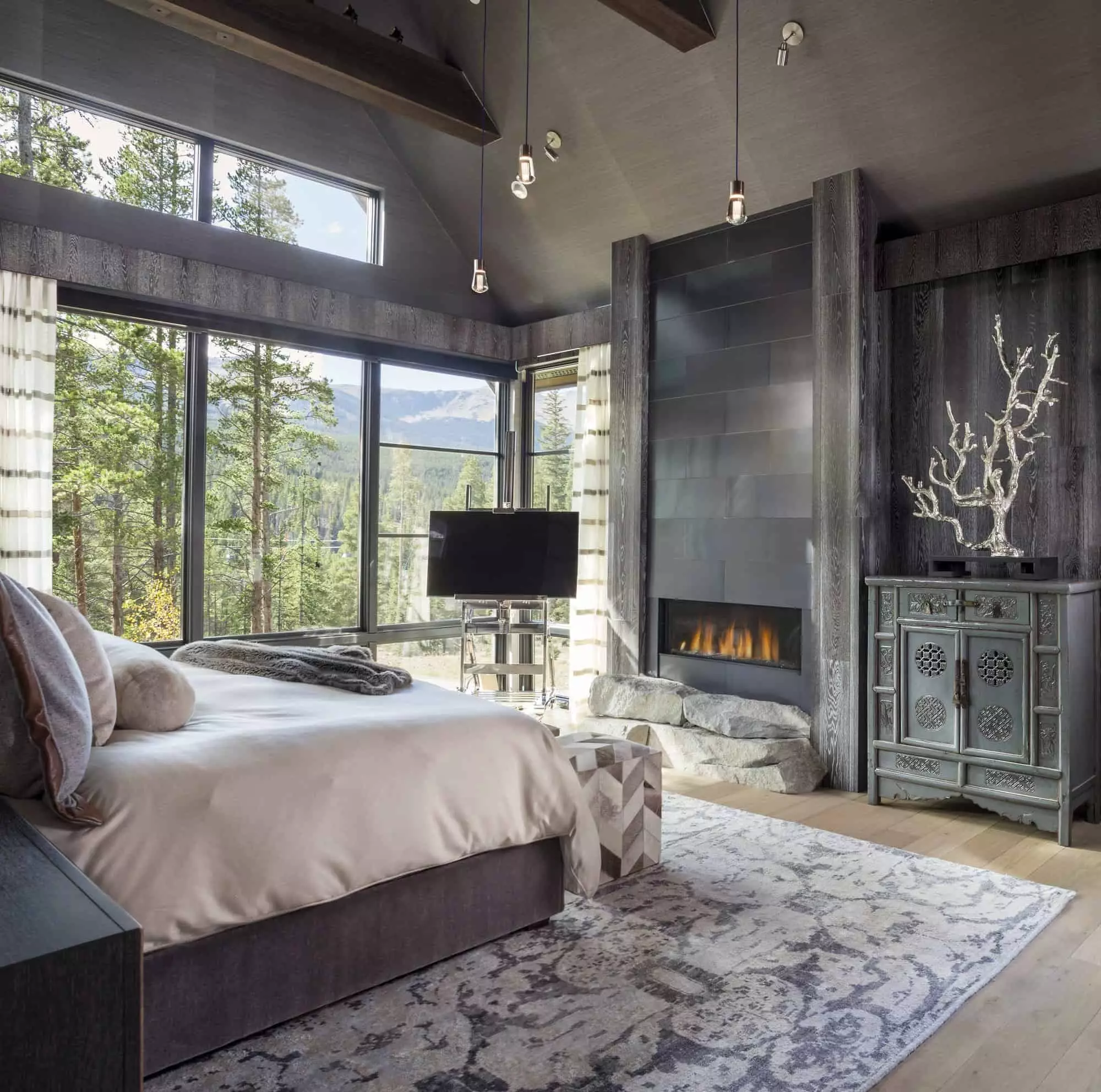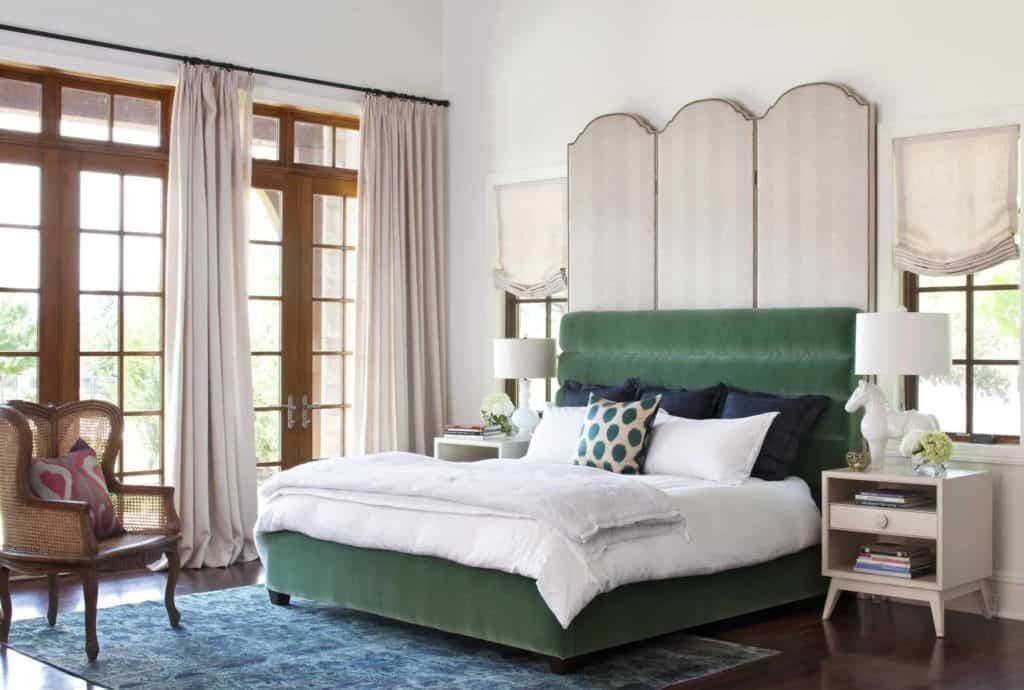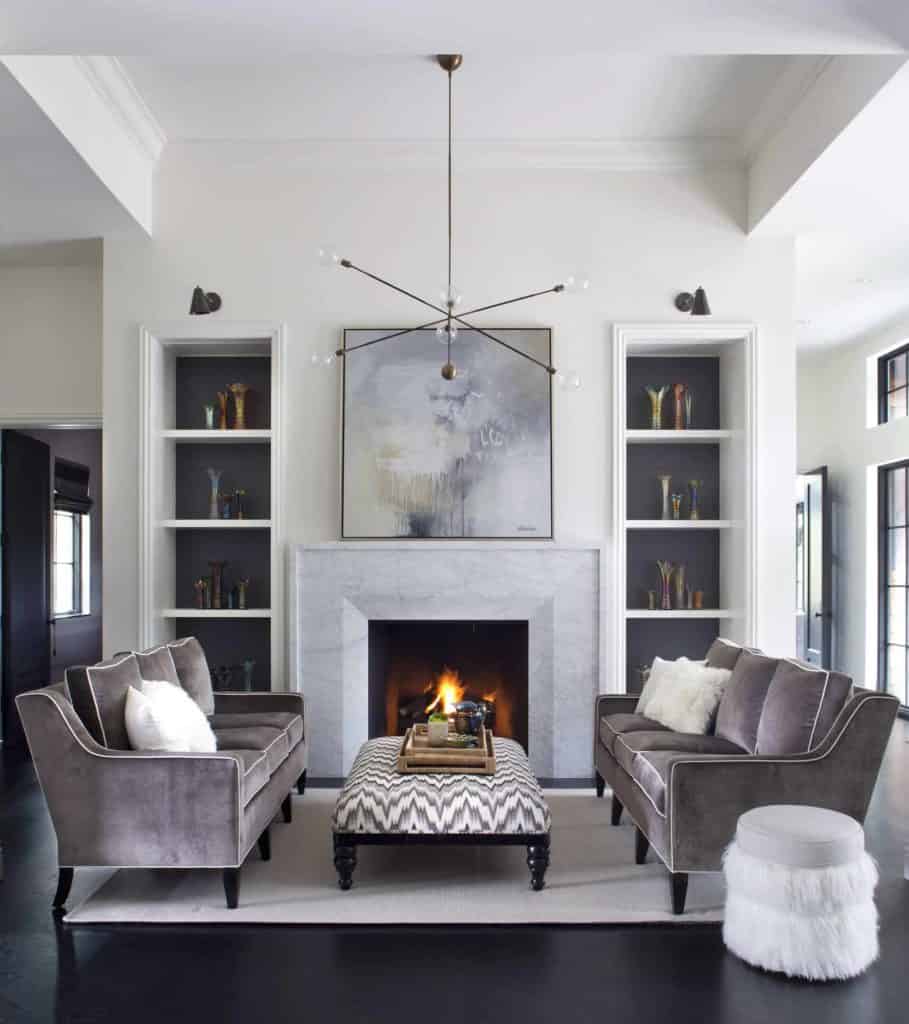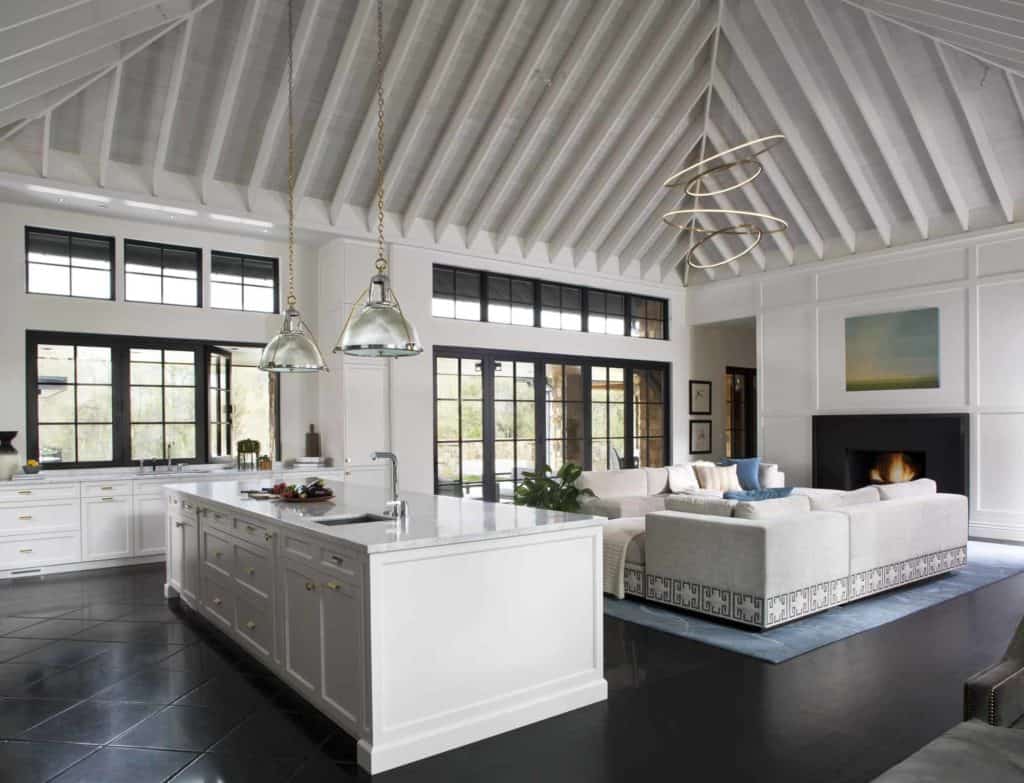How to Remodel Your Home to Reduce Stress
It’s no secret: Americans are happy to spend money on improving their homes. In fact, the country is expected to spend over $350 billion on home renovations this year alone, based on a study by Harvard University. Renovations are made for a variety of reasons: if you’re renovating to sell your home, read Andrea’s house flipping tips on Porch.com here. But if you’re looking to stick around for a few years, you might want to prioritize those reasons which can improve your overall mental health. That’s right—your home plays a surprisingly large role in how you feel. With the right colors, floor plans, and design elements in your house, you could be working wonders to reduce stress, anxiety, and depression. Let’s take a look at some of the ways you can revamp your house in order to improve your mental health.
Hire an Interior Designer
Naturally, the idea of tearing apart your house, room by room, without a clear vision in mind can be stressful in and of itself. Couple this with stressors you undoubtedly have from your day-to-day life and you might consider forgoing making improvements to your house altogether. But fear not: much of your stress can be whisked away by enlisting the help of an interior designer who can provide professional service and guidance throughout the process of giving your house a much-needed makeover.
If, when taking on home improvement projects, it becomes apparent that the financial impact is becoming a source of stress, take care not to rush. By taking on projects a room at a time, it can be easier to afford and adapt to changes around the house. In the meantime, let your budget grow effortlessly by taking advantage of a handy savings tool—like this.
Make Use of Natural Light
Seasonal affective disorder (SAD), which usually occurs during the fall and continues through the winter months, is a very real type of depression that is commonly associated with low levels of exposure to sunlight. No matter what the climate is like in the area that surrounds you, there are likely many ways an interior designer can help improve upon the amount of natural light entering your home. This might affect what a designer decides to do with windows, drapery, and even furniture. You might even find that something as simple as a window seat was all you needed to be nearer and dearer to Mother Nature.
Stick With Light and/or Bright Colors
Similar to how natural light can help improve one’s mental health, an interior designer might make use of certain colors to better reflect that light throughout your house. That doesn’t mean you have to exclude a particular color preference you might have had for your room; chances are, there’s a brighter version of it that will suit your room perfectly. What’s more, brighter walls are also thought to create the illusion of spaciousness, which can combat any feelings of confinement you may have been experiencing.
Create More Space
Despite a gorgeous touchup to your walls, you might feel that a room is particularly cluttered. This is only natural, given that we, as humans, accumulate numerous possessions over the years, and many are initially deemed too important to throw away. When you decide that a room is in need of a makeover, take it upon yourself to assess whether or not each item is worth holding onto. In the wise words of ‘Tidy Master’ Marie Kondo, “If it doesn’t spark joy, donate it or throw it away.” The act of cleaning up and organizing your room should be enough to create a huge sense of relief; however, if you’d like to do more, ask your interior designer about the life-changing magic of modifying or opening up your floor plan to give yourself more flexibility. The use of interior design conceptualizations and renderings can help you visualize the impact this would make in your home.




